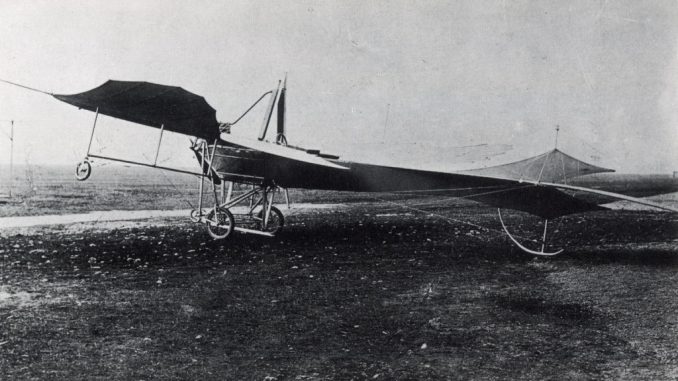
The skies changed forever on November 1, 1911, when Italian Lieutenant Giulio Gavotti dropped the first aerial bomb during the Italo-Turkish War. This groundbreaking event, conducted during a mission over Libya, was the first time an airplane was used in warfare to deliver explosives on an enemy target. The Italo-Turkish War, which began in September 1911, saw the Kingdom of Italy deploying innovative military technology, including armored cars and a small fleet of aircraft, to its forces in Northern Africa. This conflict marked Italy’s attempt to seize territory from the Ottoman Empire, with most of the fighting focused on modern-day Libya. The significance of this airstrike not only altered the course of the war but marked the beginning of a new era in military strategy.
A Landmark Mission
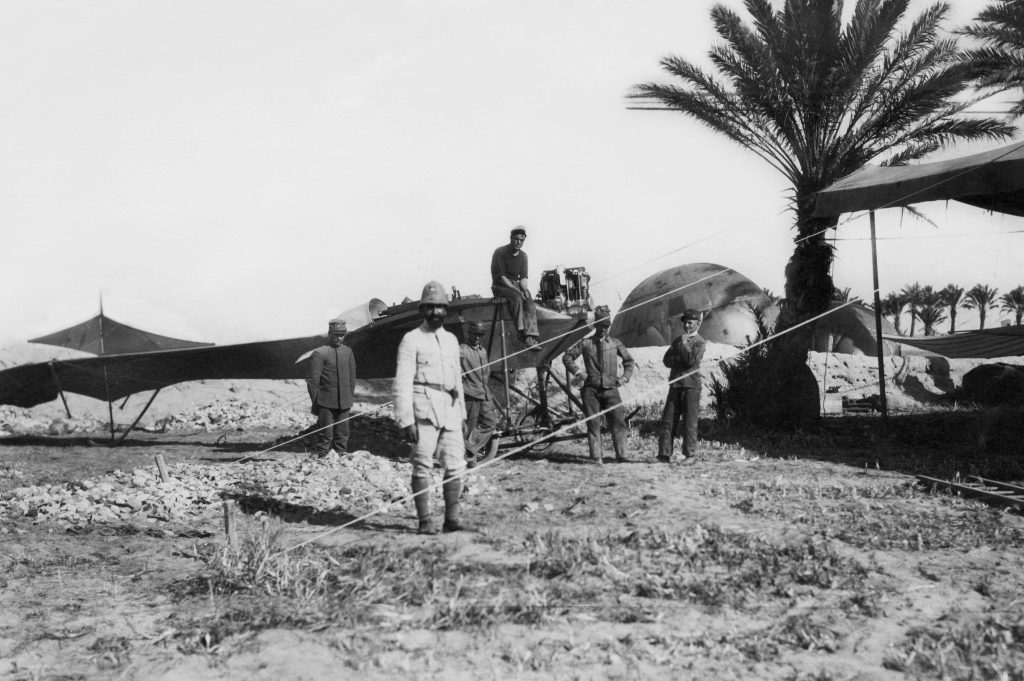
Lieutenant Giulio Gavotti, flying a German-designed Taube monoplane, carried out the mission that would reshape warfare. With four Cipelli-type grenades, Gavotti flew over the Ottoman camp at Ain Zara, just outside present-day Tripoli. As he neared the Turkish encampment, he tossed three grenades from his aircraft, marking the first time live ordnance was dropped from a heavier-than-air machine. Notably, the attack sparked immediate backlash. The Ottoman Empire alleged that Gavotti’s bombs had struck a field hospital, claiming civilian casualties. Gavotti denied these accusations, and investigations led by governments from the United States to Russia indicated that, given the technical limitations of the aircraft and grenades, the impact was likely minimal.
Airstrikes and Aerial Reconnaissance
Gavotti’s mission was not a spontaneous decision but a planned military operation, supported with logistical and strategic preparation. Prior to the attack, Gavotti had written to his father, mentioning the arrival of bombs and plans for their use. In fact, Captain Carlo Piazza of the Italian army had already conducted the world’s first reconnaissance flight just a week earlier, paving the way for Gavotti’s landmark strike. A German newspaper at the time remarked on the impressive reconnaissance capabilities of aircraft, noting that the Italian forces were able to closely monitor Turkish troop movements and positions.
The Legacy of the 1911 Airstrike
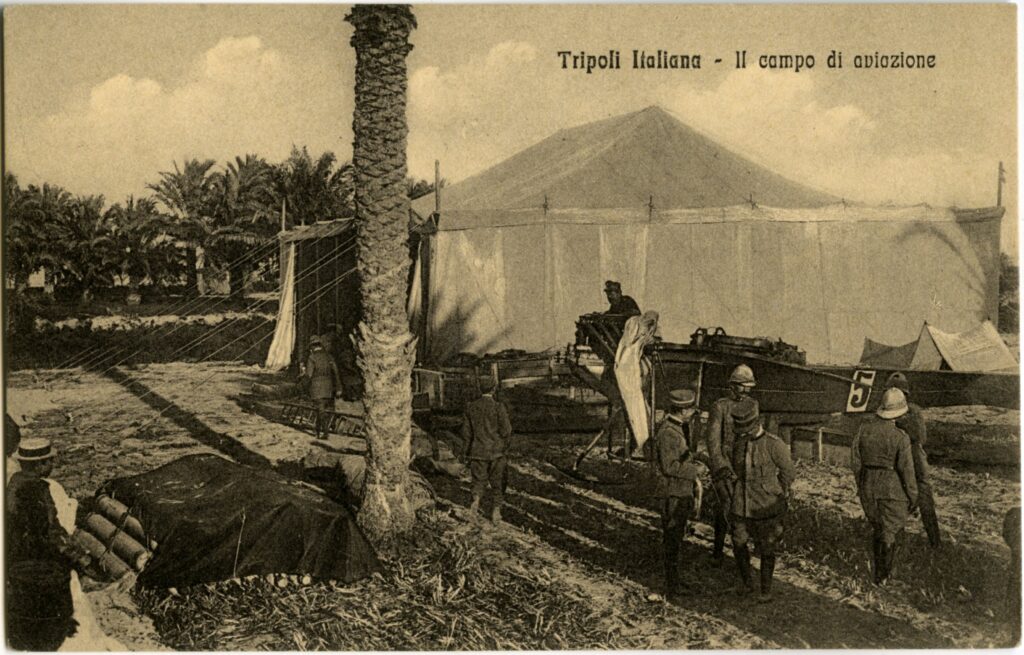
While the 1911 attack was a relatively small-scale assault, it foreshadowed the future of aerial warfare. The event demonstrated the potential of aircraft not just as tools of observation but as offensive weapons capable of transforming the battlefield. In March 1912, Gavotti would again make history, undertaking the first recorded night combat mission using a heavier-than-air aircraft. The use of aerial bombing continued to evolve rapidly. Only a few years after Gavotti’s mission, German Zeppelin airships began targeting European cities, from Antwerp to London, introducing a grim era where civilians became targets in air raids. This transformation of aerial technology into a tool for widespread destruction challenged traditional notions of warfare, reshaping both military strategy and public perception of air power.
International Repercussions
The Italian airstrike stirred diplomatic concern. The Ottoman Empire filed a formal protest, citing the 1907 Hague Declaration, which banned the dropping of projectiles from balloons. Italy, however, dismissed the protest, pointing out that the Declaration only addressed balloons, not fixed-wing aircraft. As aviation technology progressed, these legal gray areas became increasingly important, with powers debating the ethics and regulation of aerial warfare.
The Lasting Influence of Giulio Gavotti
Gavotti’s role did not end with the 1911 strike. He continued to contribute to Italian military aviation, training pilots, testing aircraft, and working in aviation manufacturing until his retirement in the late 1920s. His groundbreaking actions in 1911, though limited in immediate impact, served as the foundation of modern aerial combat strategies. Today, Gavotti’s mission is remembered as a milestone that marked the beginning of a new chapter in military aviation, one that transformed the skies from peaceful spaces to domains of warfare. His pioneering airstrike is a stark reminder of how quickly technology can be repurposed for combat, altering the nature of warfare and the shape of history.
Related Articles
"Haritima Maurya, pen name, ""Another Stardust,"" has been passionate about writing since her school days and later began sharing her work online in 2019. She was drawn to writing because of her love for reading, being starstruck by the art of expression and how someone can make you see and feel things exclusive to their experience. She wanted to be able to do that herself and share her mind with world cause she believes while we co exist in this beautiful world least we can do is share our little worlds within.
As a commercial pilot, Haritima balances her passion for aviation with her love for storytelling. She believes that, much like flying, writing offers a perspective beyond the ordinary, offering a bridge between individual experiences and collective understanding.
Through her work, ""Another Stardust"" aims to capture the nuances of life, giving voice to moments that resonate universally. "


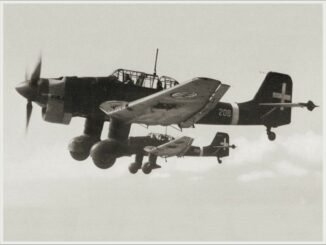
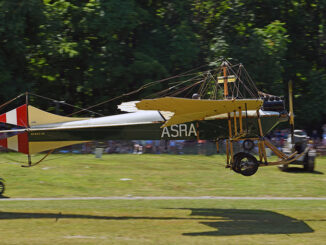


Be the first to comment
Graphic Design, Branding and Aviation Art